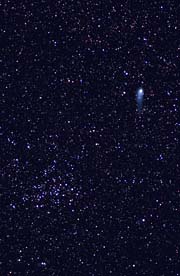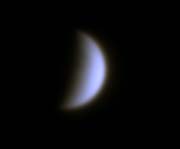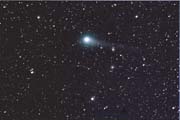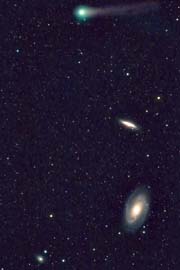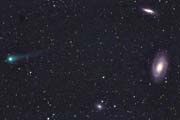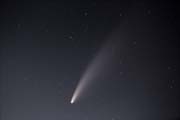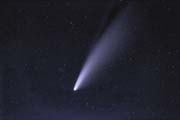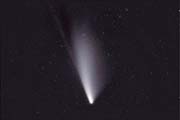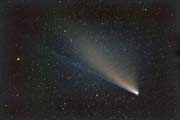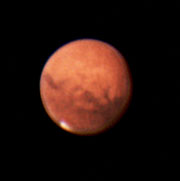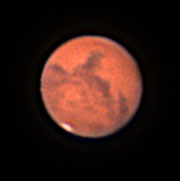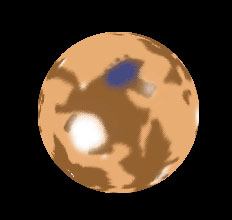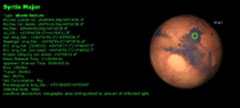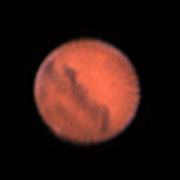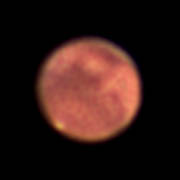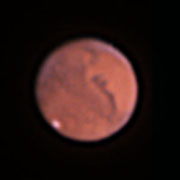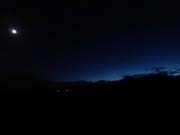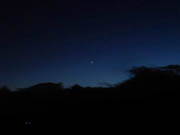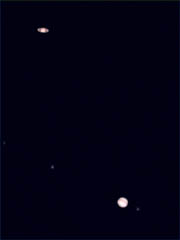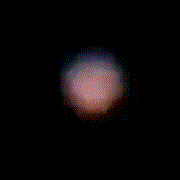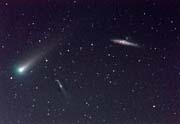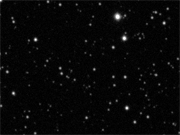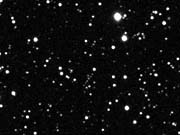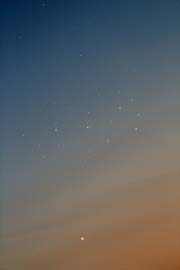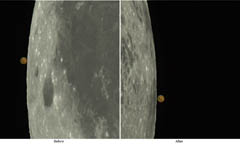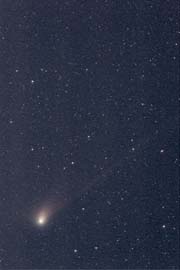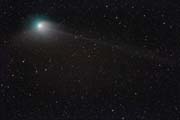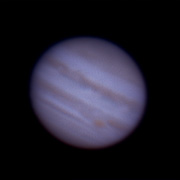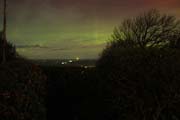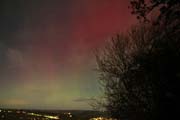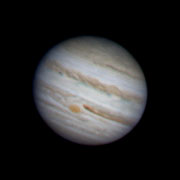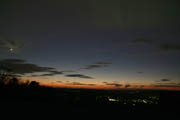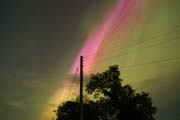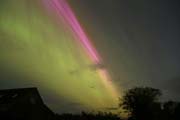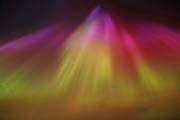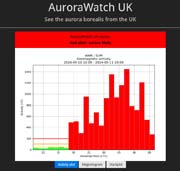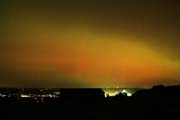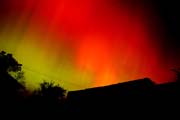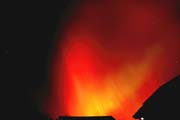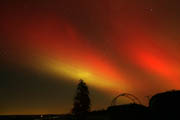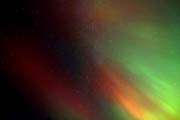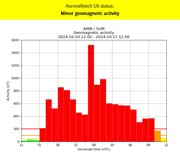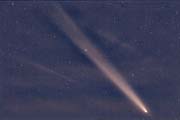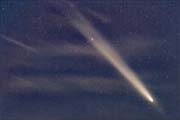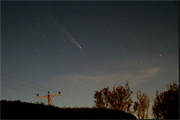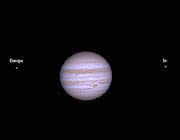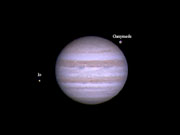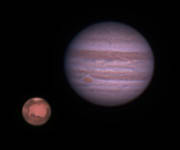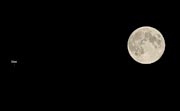|
The Great
Conjunction
Every 20 years Jupiter and Saturn line up in our sky,
forming a 'Great Conjunction', albeit being millions of
miles apart in their orbits. Most times they are reasonably
close, but on 21st December 2020 they approached within
almost 6 arc-minutes of each other in line of sight. Very
close indeed, in May 2000 they were approximately 70
arc-minutes apart, and in November 2040 they will again be
separated by approximately 70 arc-minutes although a dawn
event. The next really close conjunction is in March 2080
when the separation will be around 6 arc-minutes, but that
will be essentially a daytime event in the UK
It is 400 years since they were so close, and 800 years
since such a close approach was visible in a dark sky.
Indeed for me, the best time was to be at the onset of
Astronomical twilight, around 4.30 pm GMT.
BUT
As is unfortunately so often the case, the weather here
in NE England which had been very poor for several
weeks, did not look as though it would be clear. And indeed
much of 20th was cloudy. Nevertheless, it relented for an
hour or so from 4 pm and I was able to locate the planets
and take photographs before the clouds moved back over.
Not the closest approach, but still very close at 9
arc-minutes. So here are a wide angle shot (including the
Moon, unfortunately slightly out of focus) and 4x zoom with
my Panasonic TZ70, and a close up with my Altair GPCAM2 on
my 10" RC telescope with an Astrophysics CCDT67 reducer
enabling both planets to be on the sensor together.
Larger wide
angle
Larger 4x
zoom
Very low in the sky as you can see (8 degrees above the
horizon) and with a lot of turbulence - very poor 'seeing',
so lacking in any fine detail. The close up of the Moon was
taken with the same optics as Jupiter and Saturn and they
are superimposed to give some idea of scale. This
(GIF) video clip shows the effect on Jupiter of the poor
seeing conditions and low altitude.
The forecast for 21st was dire as for 22nd, and both
proved to be correct, so no more images.
But it's rather ironic - 400 years since the last time
they were so close, and my sky on 21st cleared completely
just after midnight. Only 8 hours out after 400 years -
Sod's law in spades! However it would seem that most got a
glimpse at some time over the three day period. I doubt if
I'll be around for the next one (I'd be 97!) and anyway 70
minutes will be hardly worthy of attention after witnessing
9 minutes!
|
